Did the JWST just find evidence for dark matter stars? NASA released new findings by the james webb telescope where it may have found three possible candidat…
Category: cosmology – Page 203
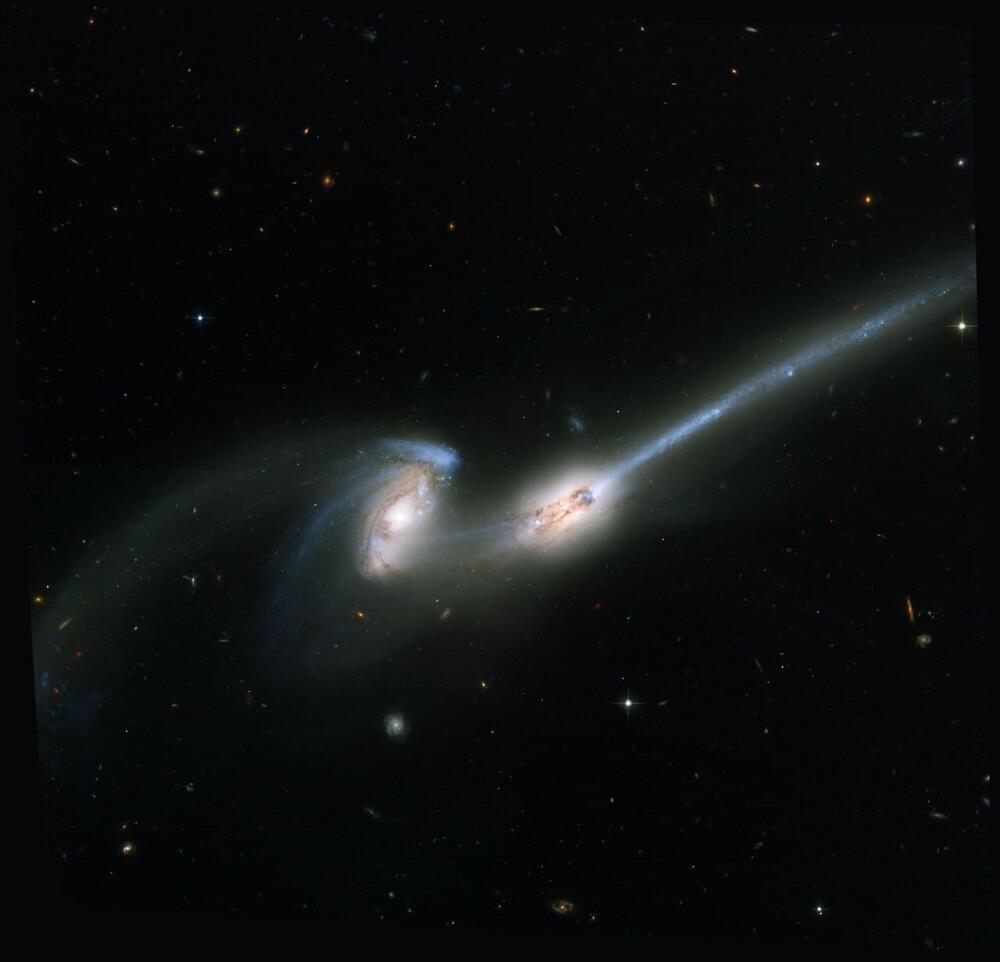
New advances in formation theory of supermassive black holes
With breakthroughs in astronomical observation, scientists now have confirmed the existence of supermassive black holes at the centers of galaxies. The recent release of black hole images has further charged people’s curiosity about black holes while providing additional evidence to support Einstein’s general theory of relativity.
These supermassive black holes range in mass from millions to billions of solar masses. Astonishingly, some of these black holes have formed less than a billion years after the Big Bang. Understanding how these black holes formed and grew to such enormous mass in such a short period of time has always been an important topic in modern astrophysics.
A research team composed of Chi-Hong Lin and Ke-Jung Chen from the Institute of Astronomy and Astrophysics, Academia Sinica (ASIAA) and Chorng-Yuan Hwang from the Institute of Astronomy at National Central University has made significant new advances in the formation theory of supermassive black holes. The research results have been published in The Astrophysical Journal.
James Webb Telescope Detects ‘Dark Stars’ Made of Annihilating Dark Matter!
Another day, another mind-bending discovery by the James Webb Space telescope!And this time it has caught glimpse of possible first ever Dark Stars! What are dark stars and why is this discovery so huge?
Intriguing insights have emerged from a collaborative effort involving three astrophysicists from The University of Texas at Austin, and Colgate University. Their investigation delved into the images captured by the James Webb Space Telescope, leading to the identification of three luminous objects that could potentially be dark stars.#darkmatter #stars #jameswebbspacetelescope Join Lab360 to get access to some amazing perks:
https://www.youtube.com/channel/UCZYqWTQJzJaMW7jFG16p8ug/joinSubscribe:
http://bit.ly/1V77IUhWelcome to Lab 360! The ultimate destination for the latest space news and space documentaries from the world of astronomy and astrophysics. Stay updated with all the current discoveries from NASA, James Webb Space Telescope, along with easily explained videos on black holes, asteroids, galaxies, planets, and more.
You will also find a collection of easy-to-perform experiments that will feed the science enthusiast in you! Are you ready?
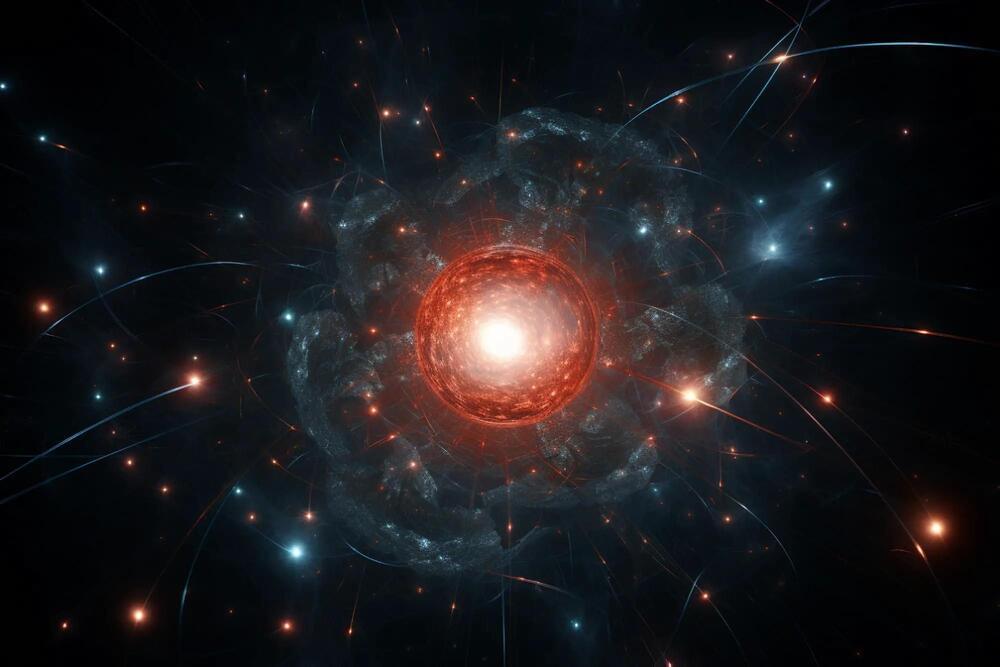
Probing the Abyss: Fermilab’s Dark SRF Experiment Illuminates the Search for Dark Photons
The Dark SRF experiment at the Fermi National Accelerator Laboratory has achieved unprecedented sensitivity in the search for hypothetical dark photons. By innovatively employing superconducting radio frequency (SRF) cavities, researchers can now explore different potential mass ranges for these elusive particles, pushing the boundaries of our understanding of dark matter.
Scientists working on the Dark SRF experiment at the U.S. Department of Energy’s Fermi National Accelerator Laboratory have demonstrated unprecedented sensitivity in an experimental setup used to search for theorized particles called dark photons.
Researchers trapped ordinary, massless photons in devices called superconducting radio frequency cavities to look for the transition of those photons into their hypothesized dark sector counterparts. The experiment has put the world’s best constraint on the dark photon.
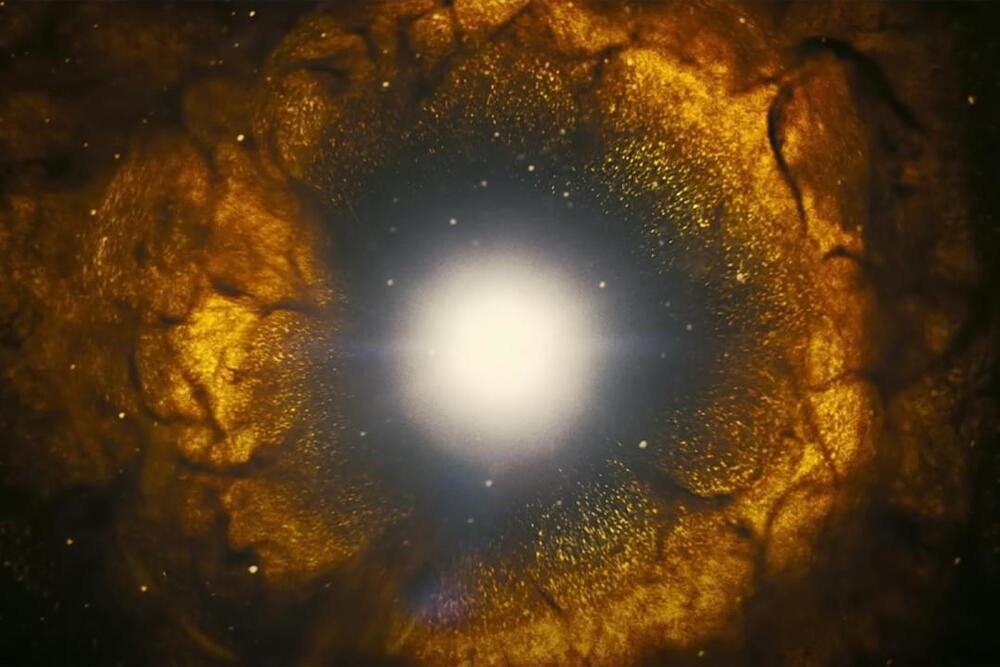
How Oppeheimer Visualizes “Almost Magical” Shift “From Classic Physics to Quantum Physics”
Similar to Interstellar, Oppenheimer (now in theaters) finds Christopher Nolan at his most abstract, with the director working overtime to ascribe a visual language to concepts just beyond our comprehension.
It wasn’t enough to simply make a biopic about the father of the atomic bomb — he needed to take us inside the extraordinary theoretical mind of J. Robert Oppenheimer (played in the film by Cillian Murphy) and show us the Big Bang-like birth of quantum physics and how it directly led to the creation of the atomic bomb.
RELATED: Oppenheimer’s Atomic Bombs Marked a New Geologic Age of Humans.
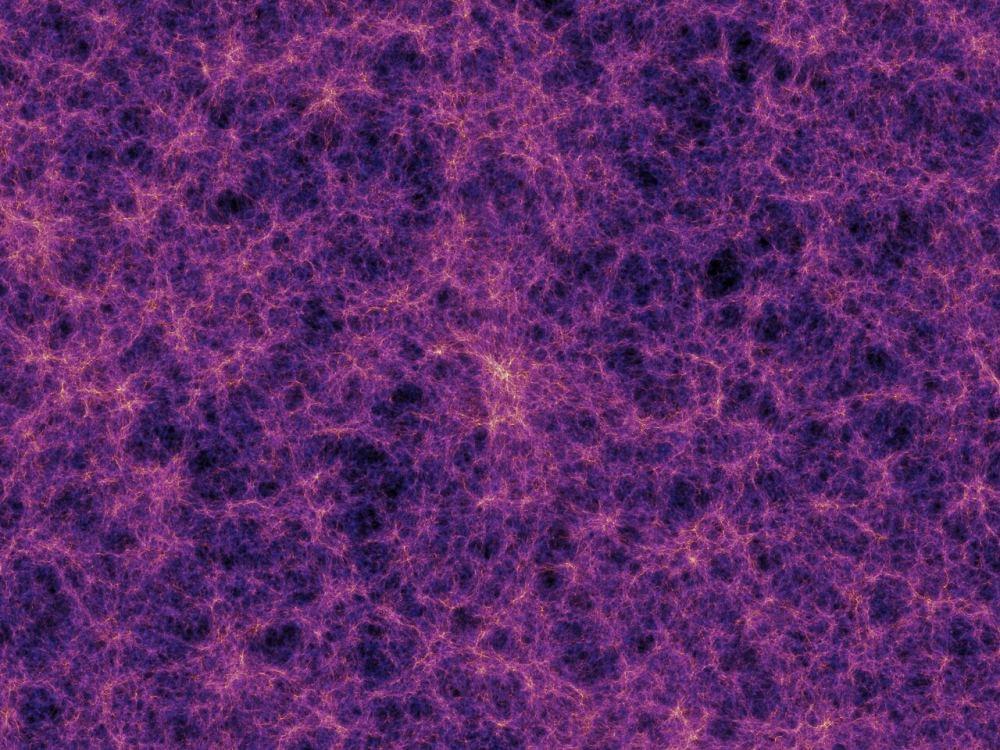
An Enormous Cosmological Simulation Wraps Up, Recreating Even More of the Universe
There’s an old joke among astronomy students about a question on the final exam for a cosmology class. It goes like this: “Describe the Universe and give three examples.” Well, a team of researchers in Germany, the U.S., and the UK took a giant leap toward giving at least one accurate example of the Universe.
To do it, they used a set of simulations called “MillenniumTNG”. It traces the buildup of galaxies and cosmic structure across time. It also provides new insight into the standard cosmological model of the Universe. It’s the latest in cosmological simulations, joining such ambitious efforts as the AbacusSummit project of a couple of years ago.
This simulation project takes into account as many aspects of cosmic evolution as possible. It uses simulations of regular (baryonic) matter (which is what we see in the Universe). It also includes dark matter, neutrinos, and the still-mysterious dark energy on the formation mechanisms of the Universe. That’s a tall order.
China Just Admitted They’ve Launched Something So Advanced That It Will Change Everything
China’s state media Xinhua claims that at least 300,000 people have worked on China’s space projects, almost 18 times the number of employees NASA has. Yes, the space race between the United States and China is set for a new and exciting turn, as the latter is geared to challenge the James Webb Space telescope with its fleet of tiny satellites, as they dive into deep space.#nasa #china #space Join Lab360 to get access to some amazing perks:
https://www.youtube.com/channel/UCZYqWTQJzJaMW7jFG16p8ug/joinSubscribe:
http://bit.ly/1V77IUhWelcome to Lab 360! The ultimate destination for the latest space news and space documentaries from the world of astronomy and astrophysics. Stay updated with all the current discoveries from NASA, James Webb Space Telescope, along with easily explained videos on black holes, asteroids, galaxies, planets, and more.
You will also find a collection of easy-to-perform experiments that will feed the science enthusiast in you! Are you ready?
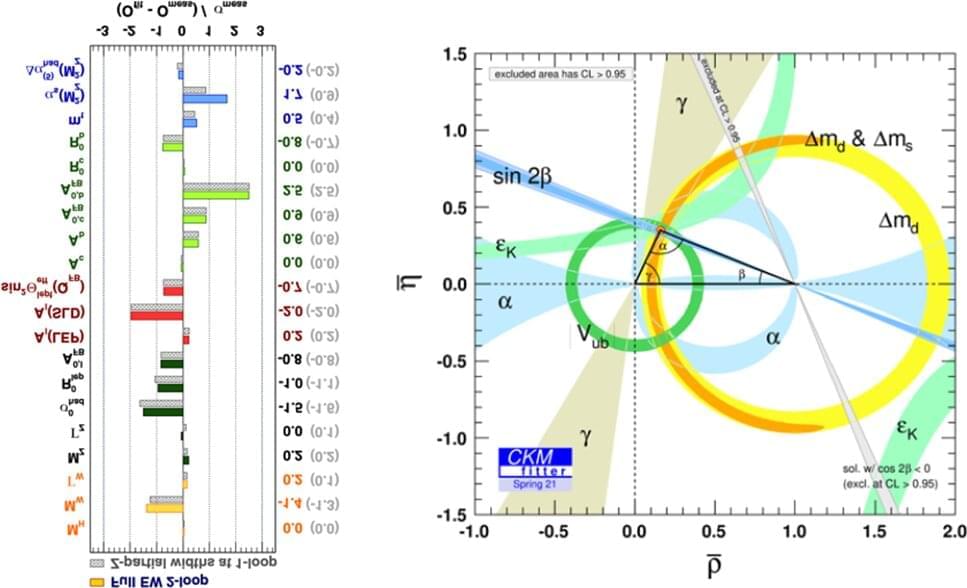
Is the end of the ‘particle era’ of physics upon us?
The discovery of the Higgs Boson in 2012 represented a major turning point for particle physics marking the completion of what is known as the standard model of particle physics. Yet, the standard model can’t answer every question in physics, thus, since this discovery at the Large Hadron Collider (LHC) physicists have searched for physics beyond the standard model and to determine what shape future physics will take.
A paper in The European Physical Journal H by Robert Harlander and Jean-Philippe Martinez of the Institute for Theoretical Particle Physics and Cosmology, RWTH Aachen University, Germany, and Gregor Schiemann from the Faculty of Humanities and Cultural Studies, Bergische Universität Wuppertal, Germany, considers the idea that particle physics may be on the verge of a new era of discovery and understanding in particle physics. The paper also considers the implications of the many possible scenarios for the future of high-energy physics.
“Over the last century, the concept of the particle has emerged as fundamental in the field of physics,” Martinez said. “It has undergone a significant evolution across time, which has opened up new ways for particle observation, and thus for the discovery of new particles. Currently, observing a particle requires its on-shell production.”
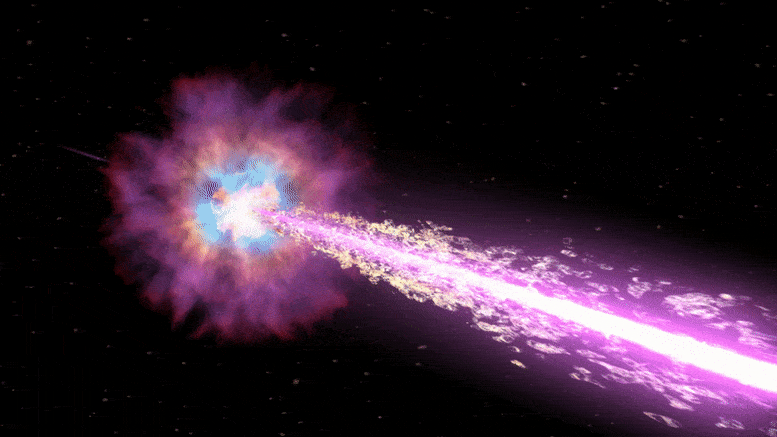
Astronomers Break the “BOAT” — Decoding the Mystery of the Universe’s Brightest Explosion
Last year, telescopes around the world registered the brightest cosmic explosion of all time. Astrophysicists can now explain what made it so dazzling.
Few cosmic explosions have attracted as much attention from space scientists as the one recorded on October 22 last year and aptly named the Brightest of All Time (BOAT). The event, produced by the collapse of a highly massive star and the subsequent birth of a black hole.
A black hole is a place in space where the gravitational field is so strong that not even light can escape it. Astronomers classify black holes into three categories by size: miniature, stellar, and supermassive black holes. Miniature black holes could have a mass smaller than our Sun and supermassive black holes could have a mass equivalent to billions of our Sun.
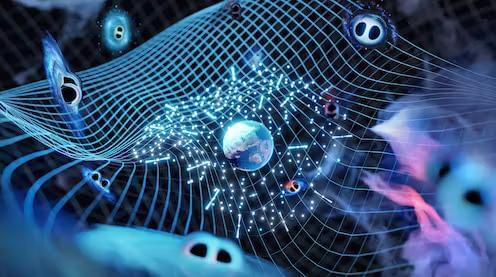
Using a detector the size of a galaxy, astronomers find strongest evidence yet for gravitational waves from supermassive black hole pairs
When black holes and other enormously massive, dense objects whirl around one another, they send out ripples in space and time called gravitational waves. These waves are one of the few ways we have to study the enigmatic cosmic giants that create them.
Astronomers have observed the high-frequency “chirps” of colliding black holes, but the ultra-low-frequency rumble of supermassive black holes orbiting one another has proven harder to detect. For decades, we have been observing pulsars, a type of star that pulses like a lighthouse, in search of the faint rippling of these waves.
Today, pulsar research collaborations around the world – including ours, the Parkes Pulsar Timing Array – announced their strongest evidence yet for the existence of these waves.